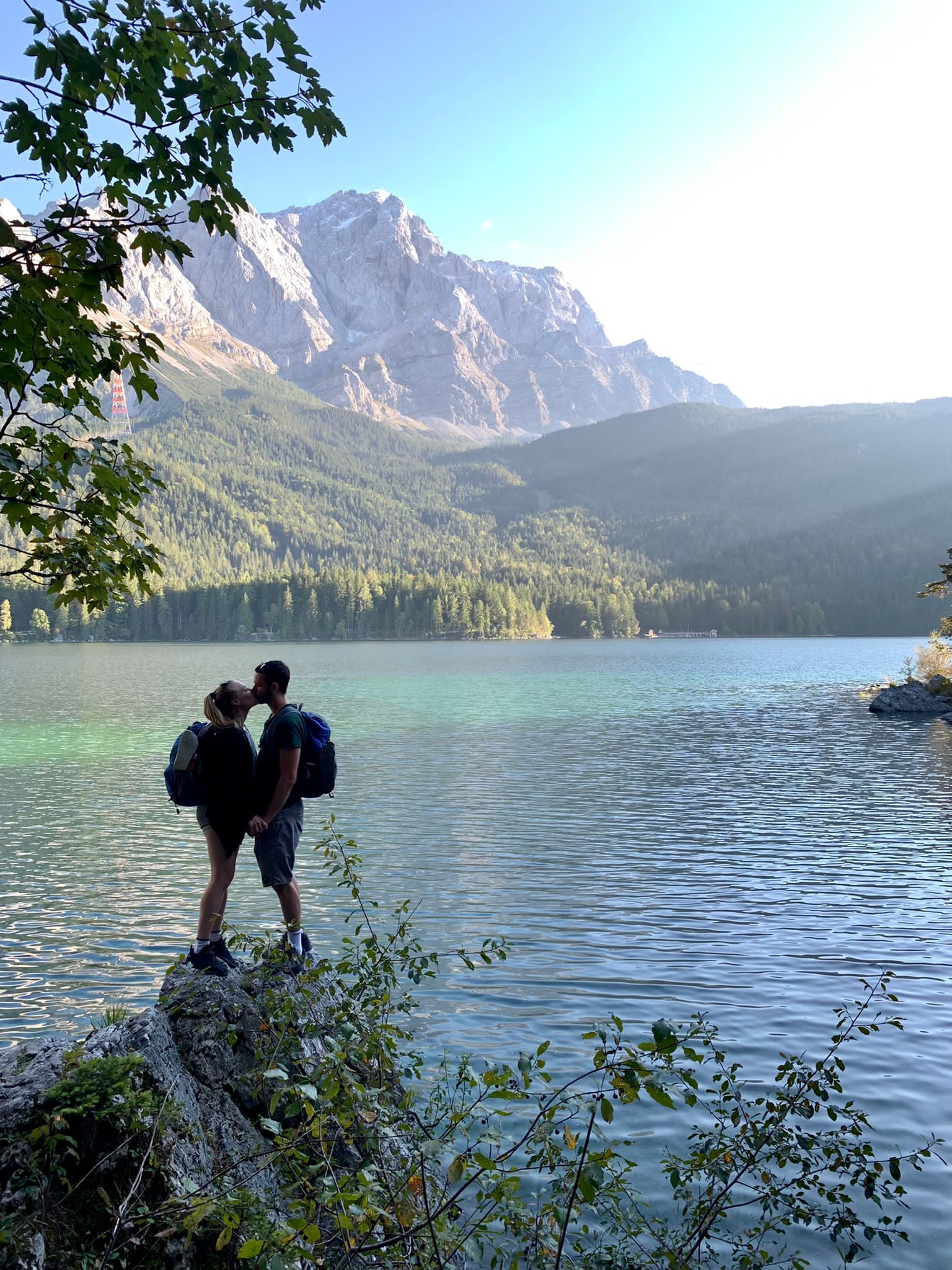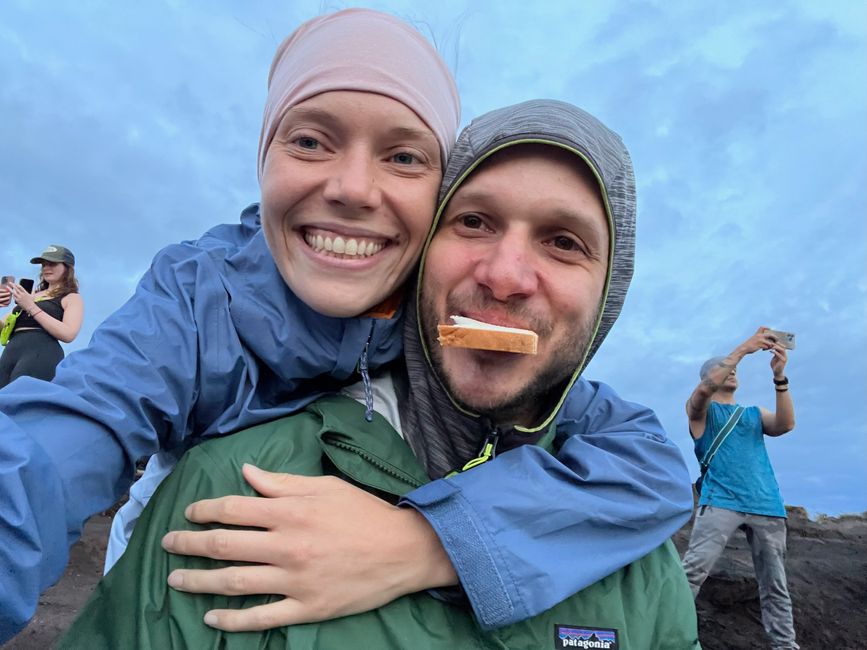Exmouth
प्रकाशित: 02.05.2023
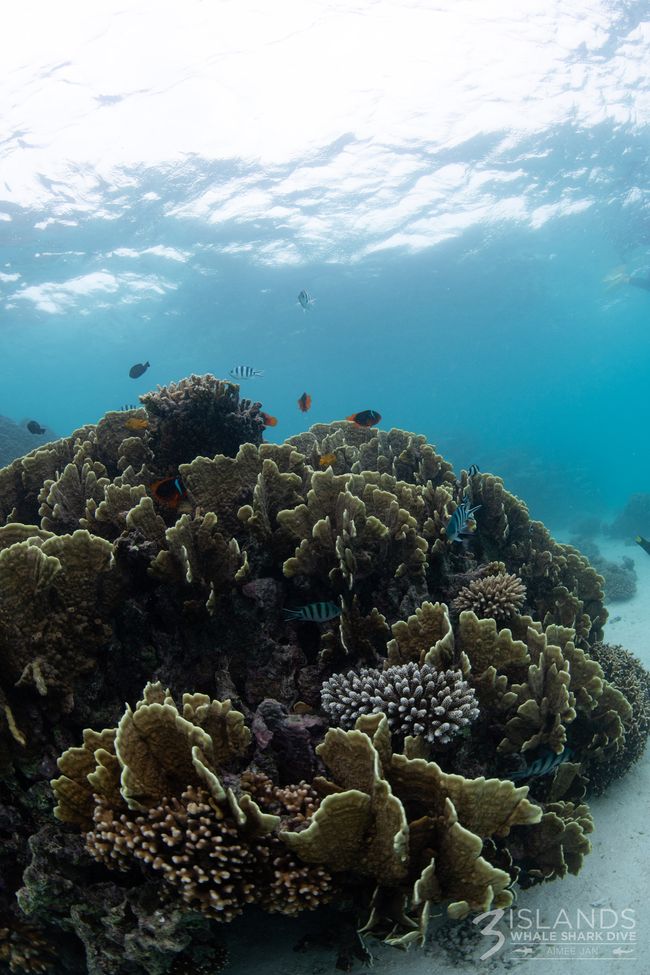
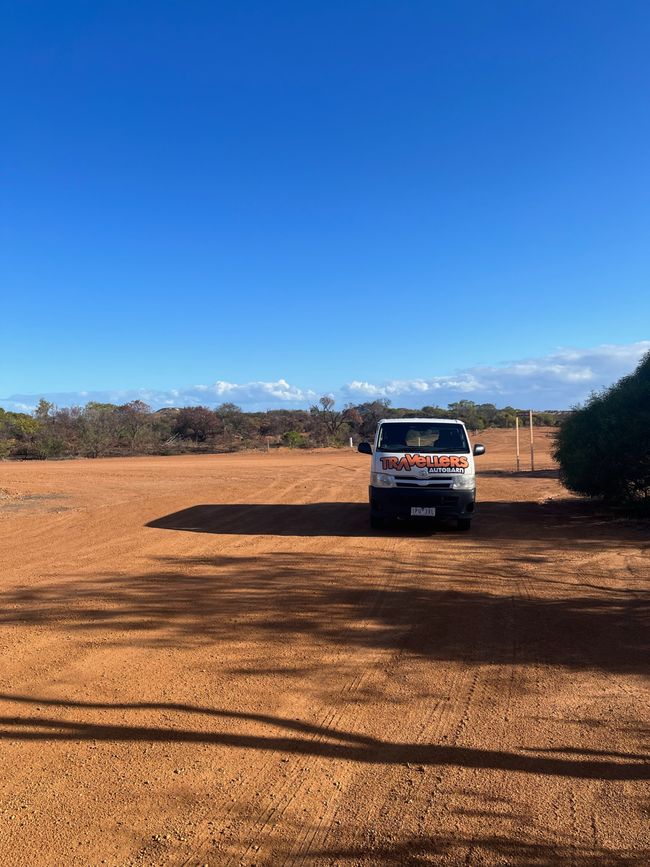
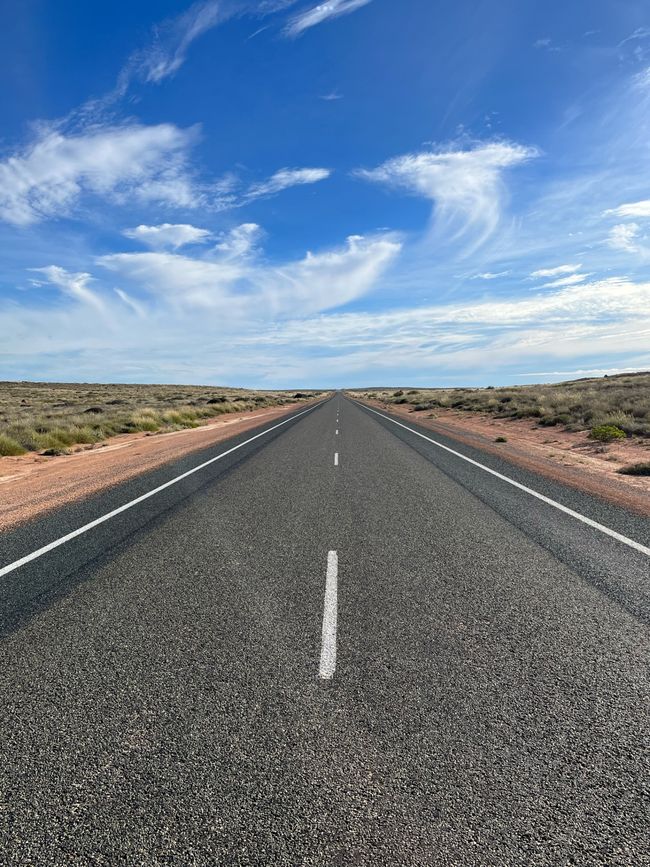
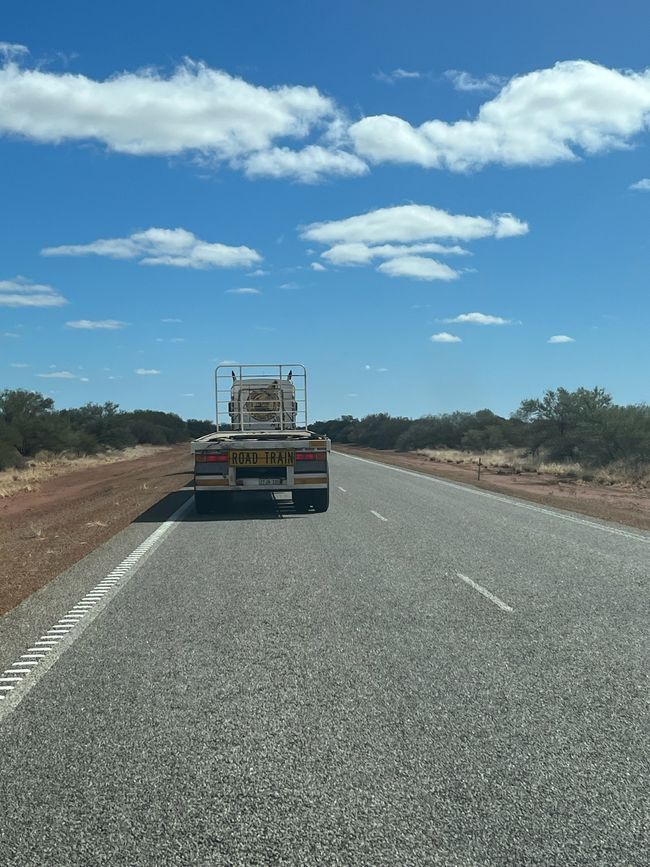
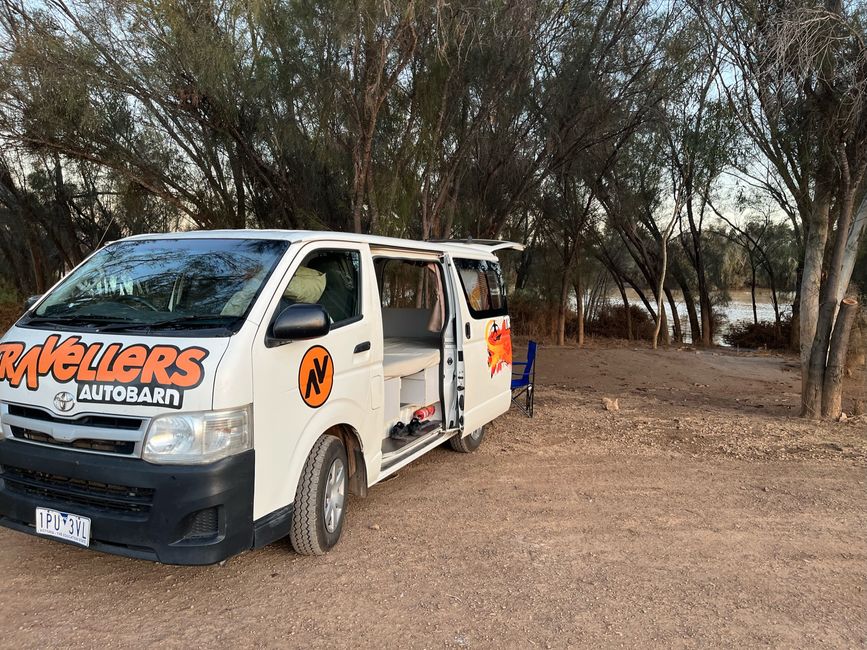
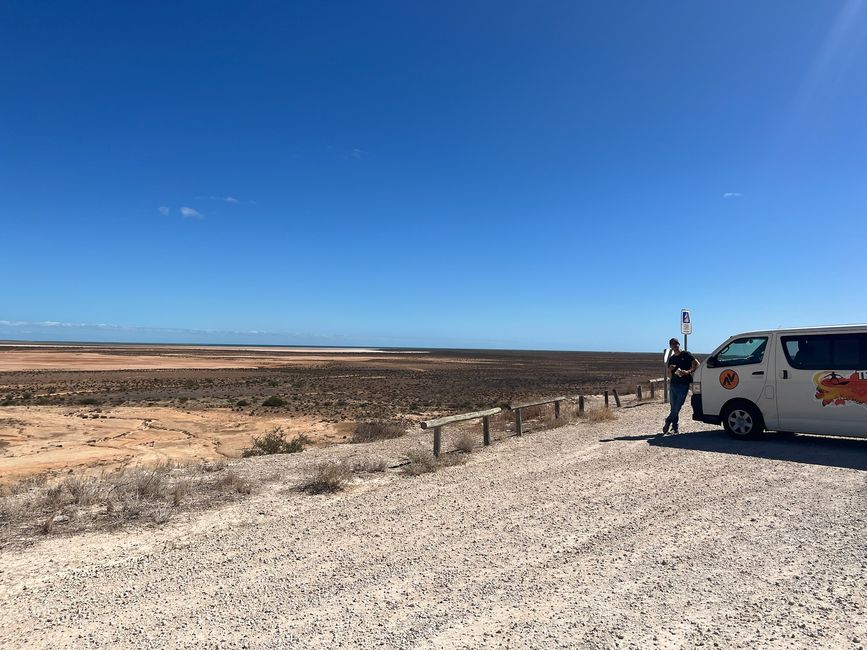
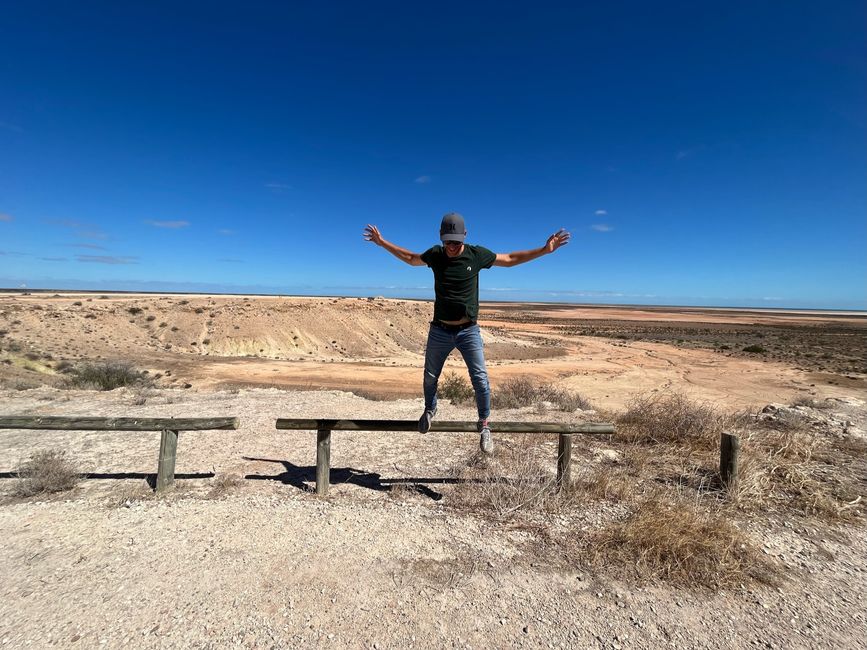
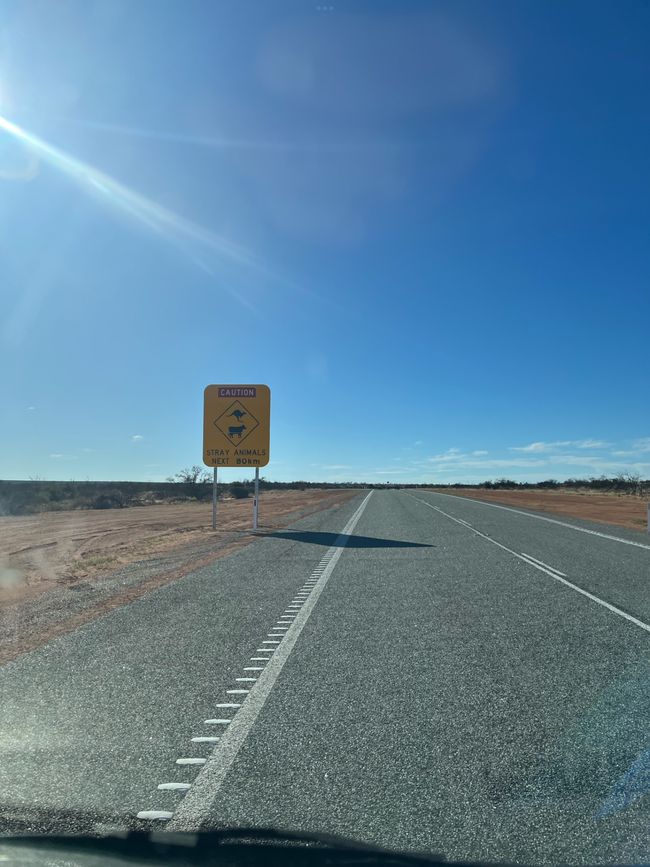
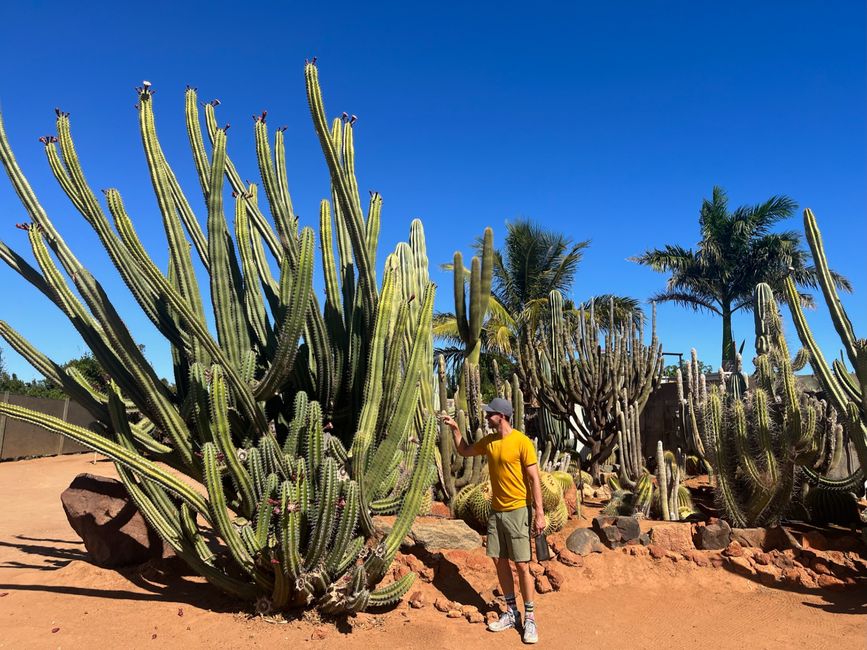
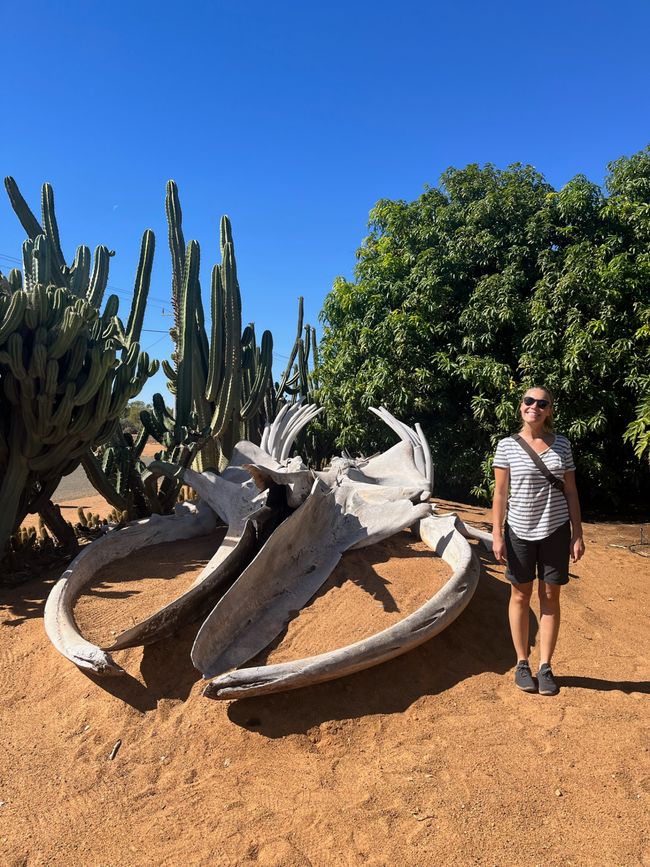
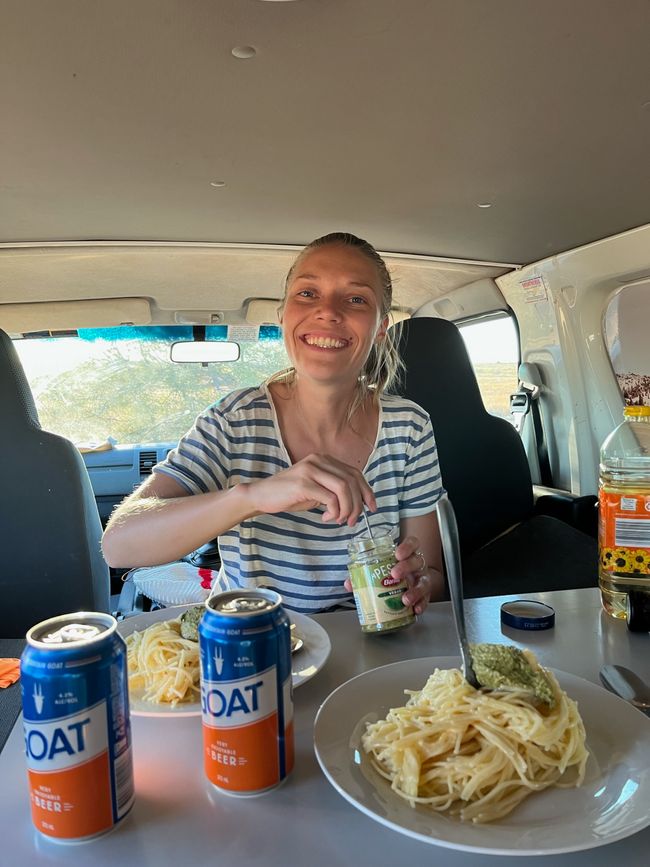
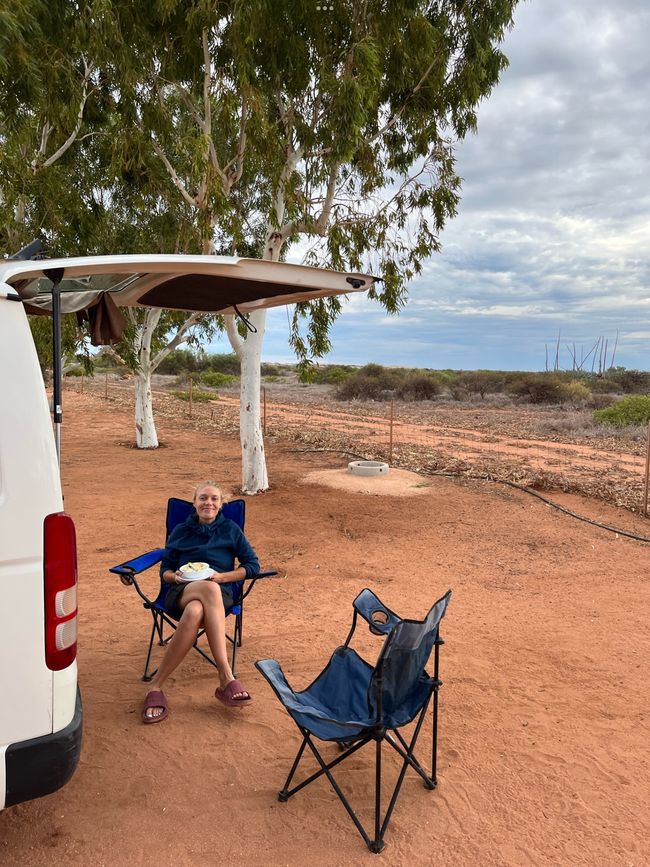
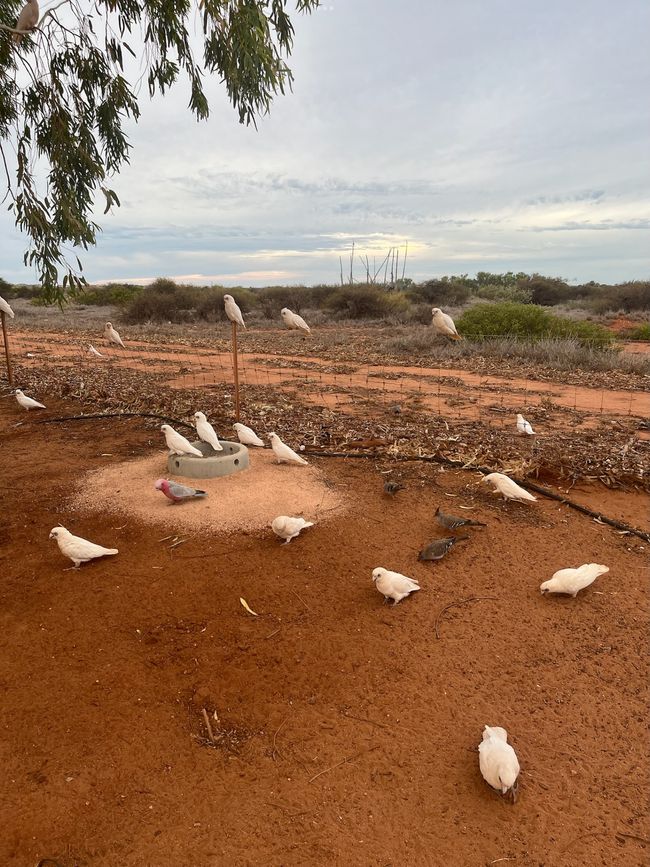
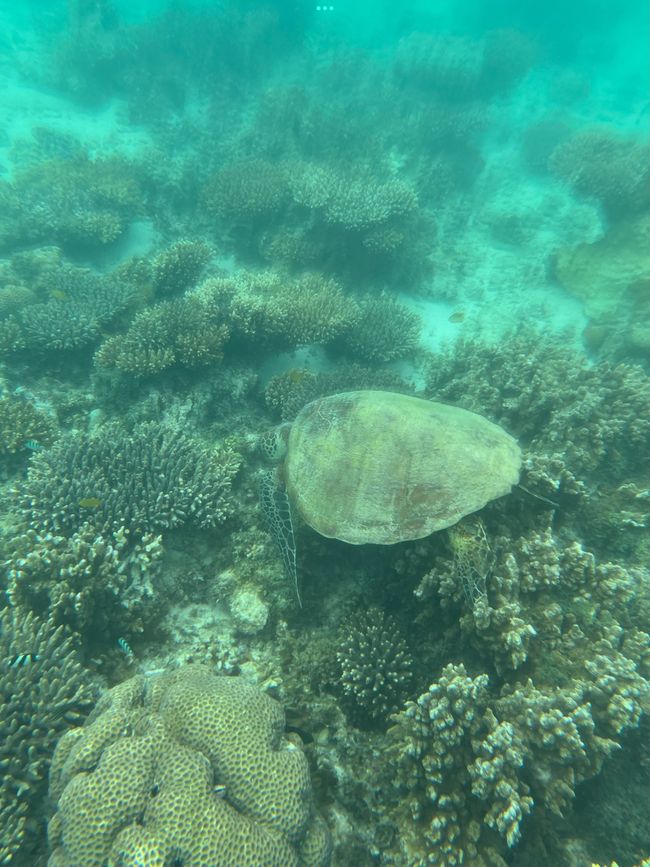
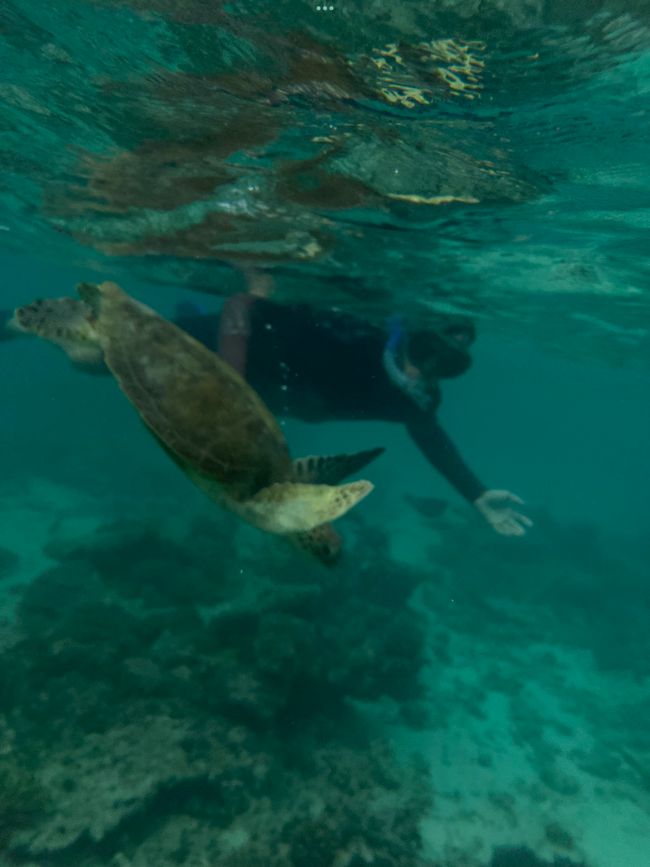
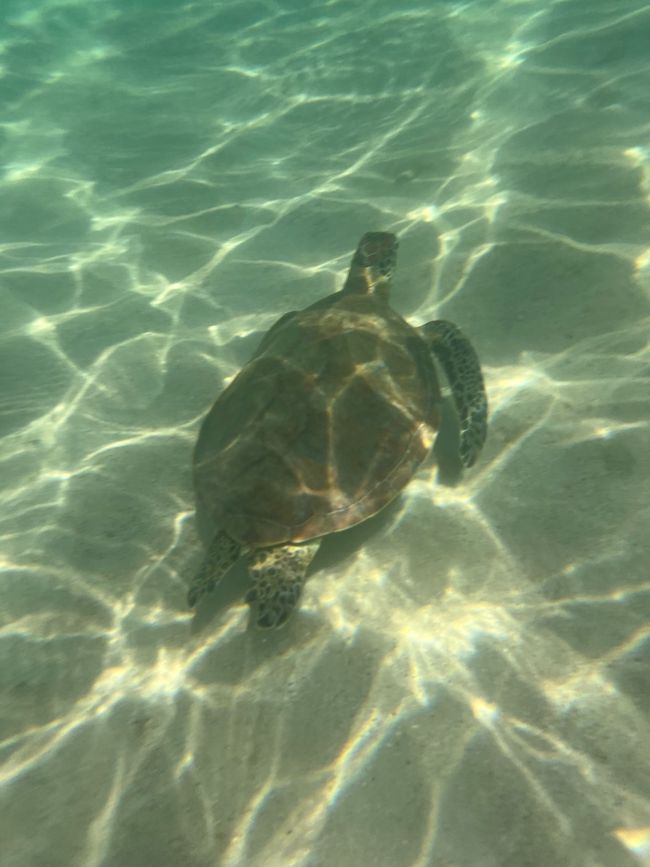
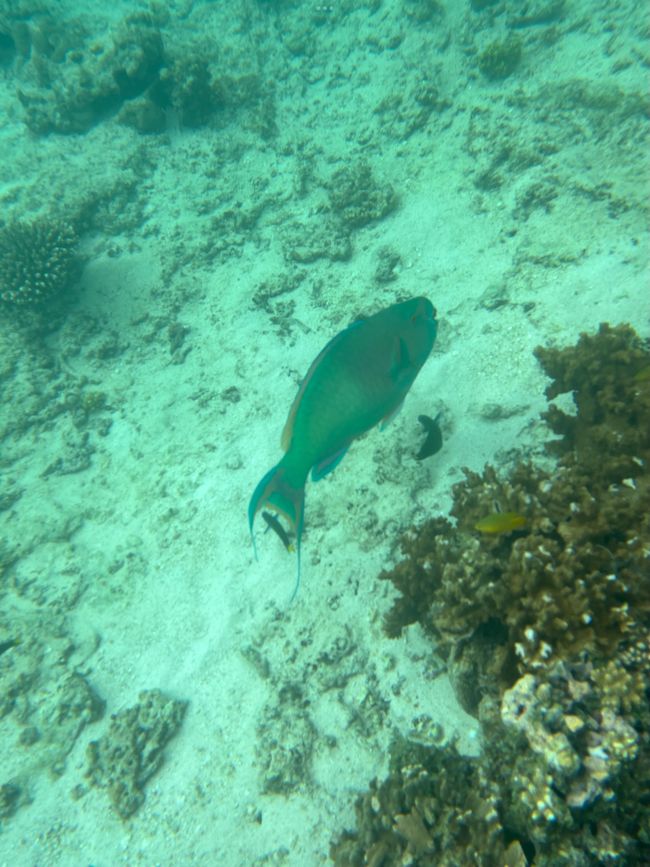
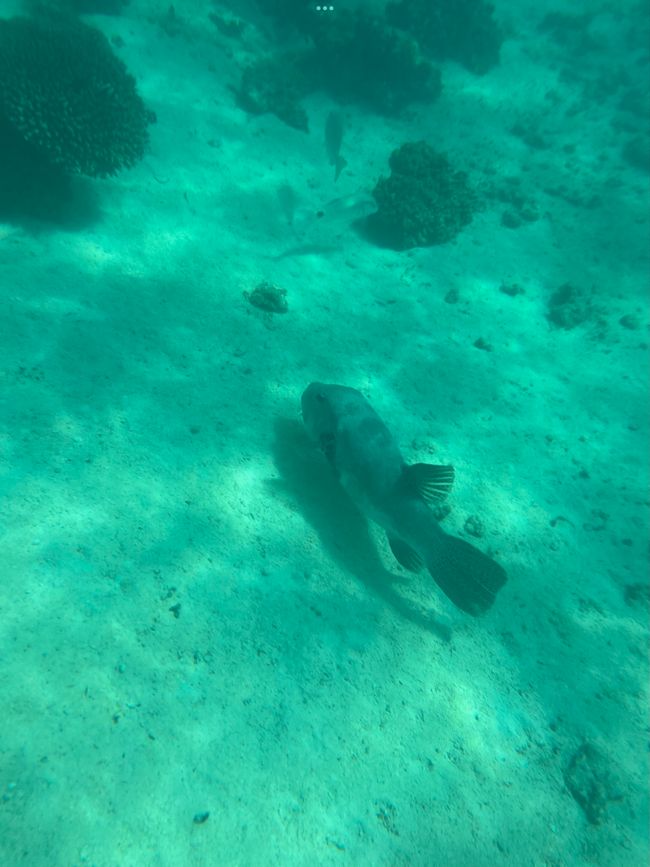
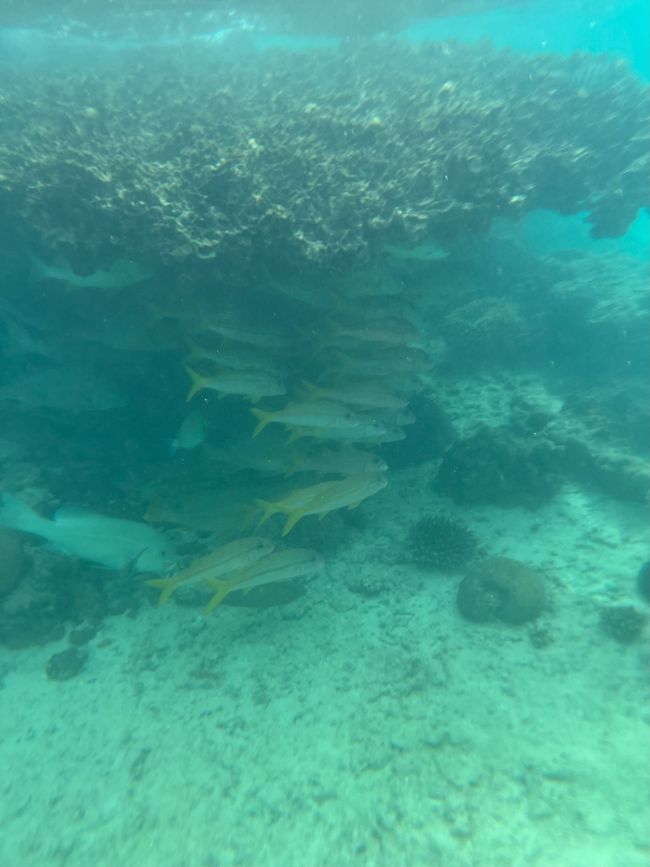
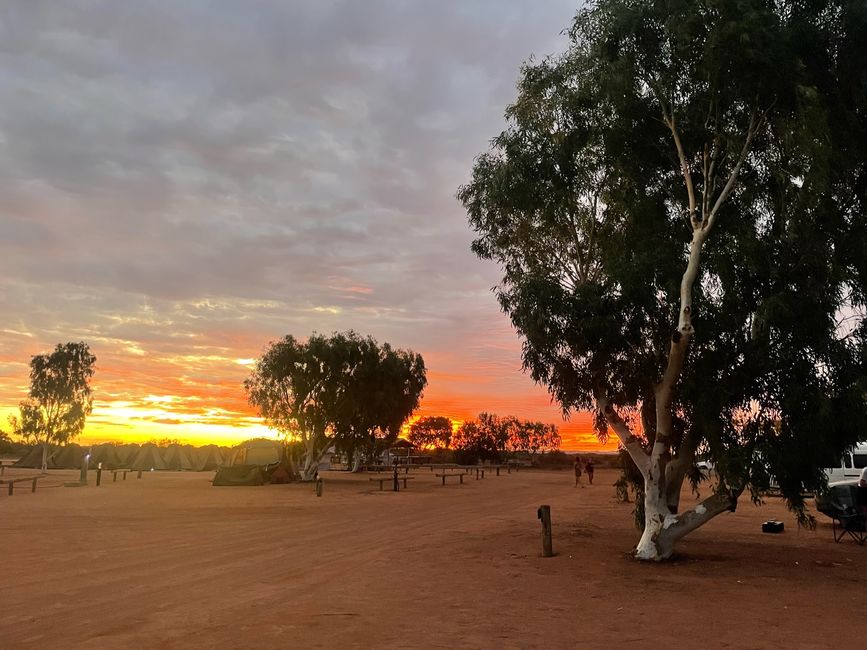
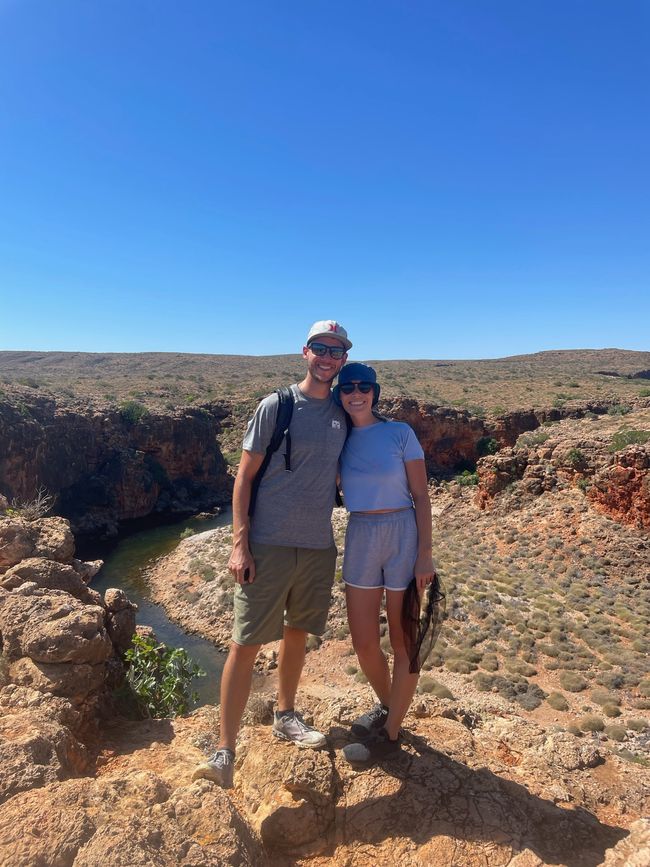
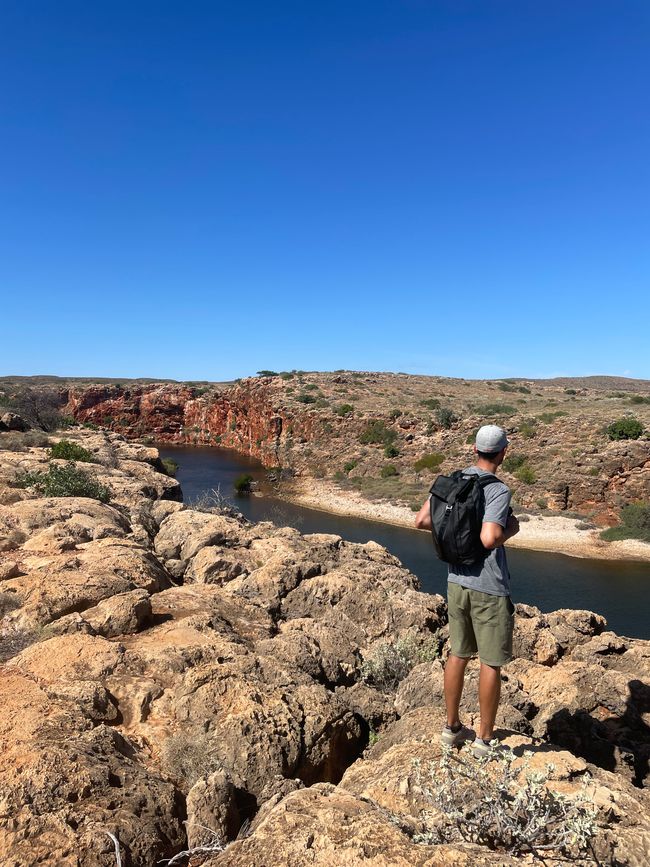
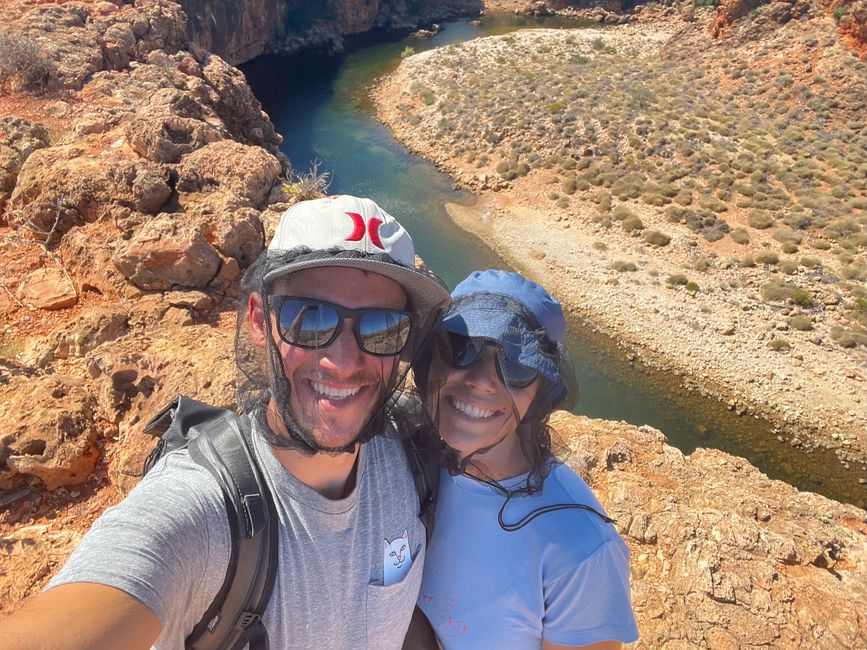
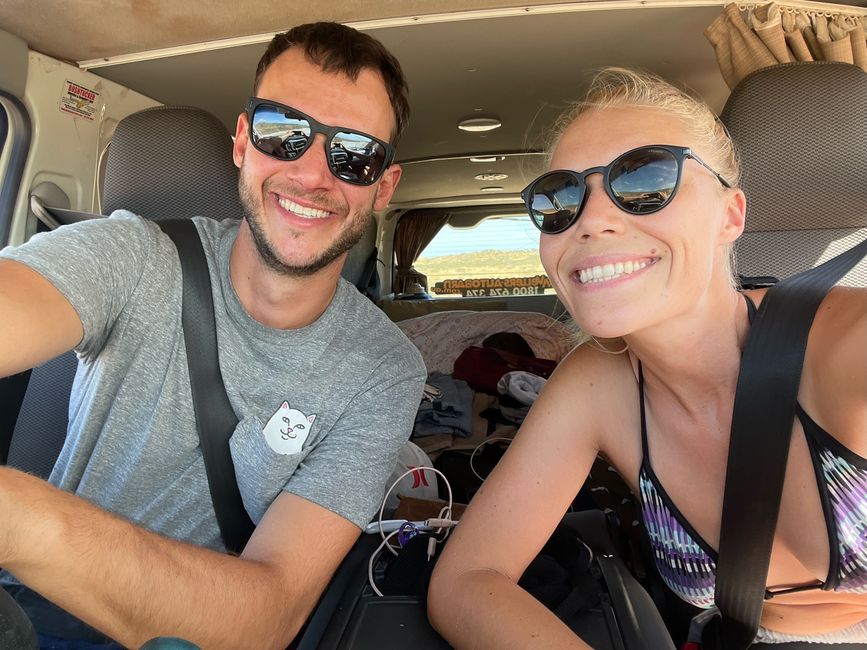
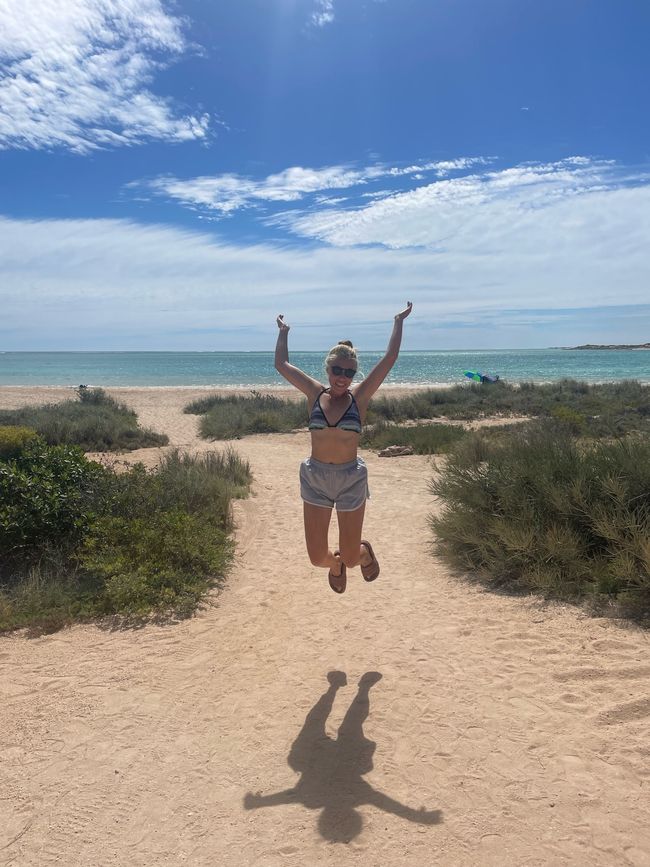
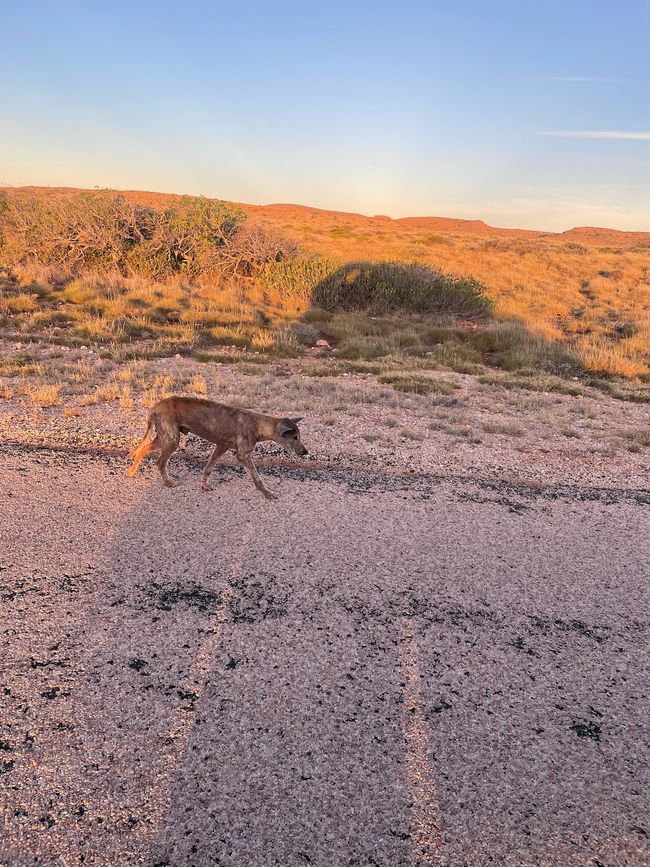
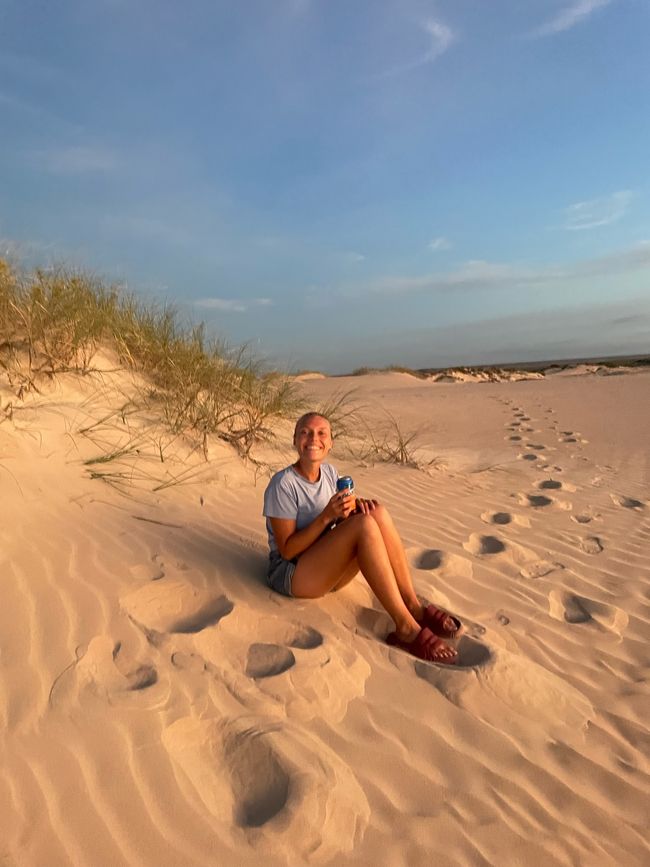
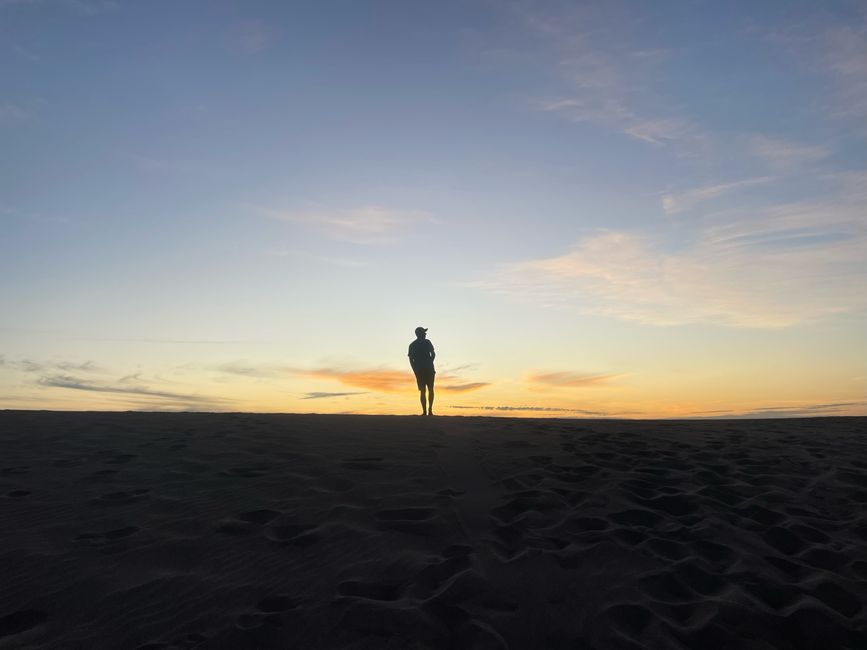
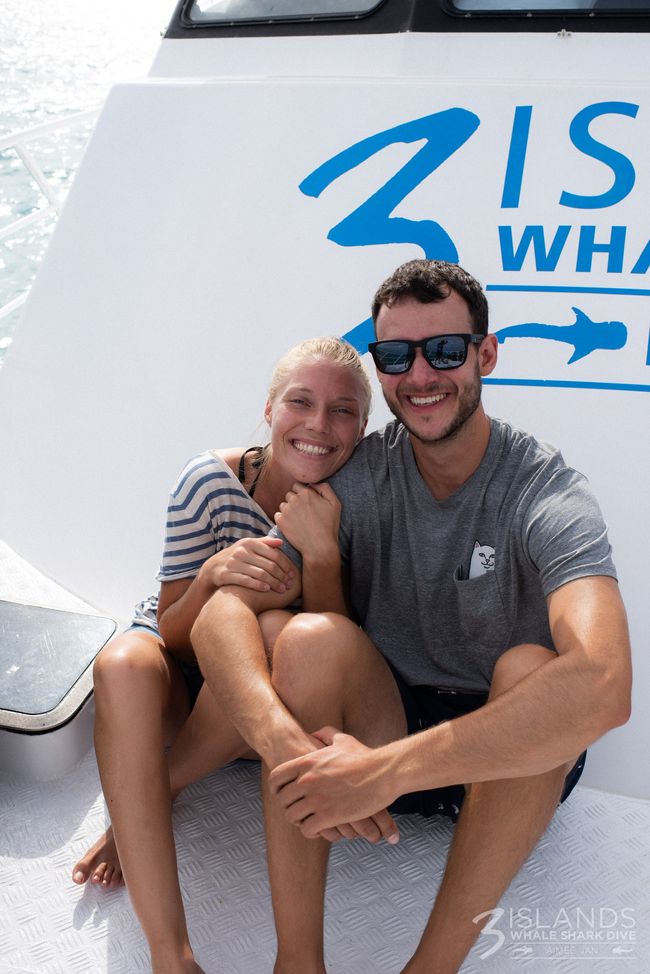
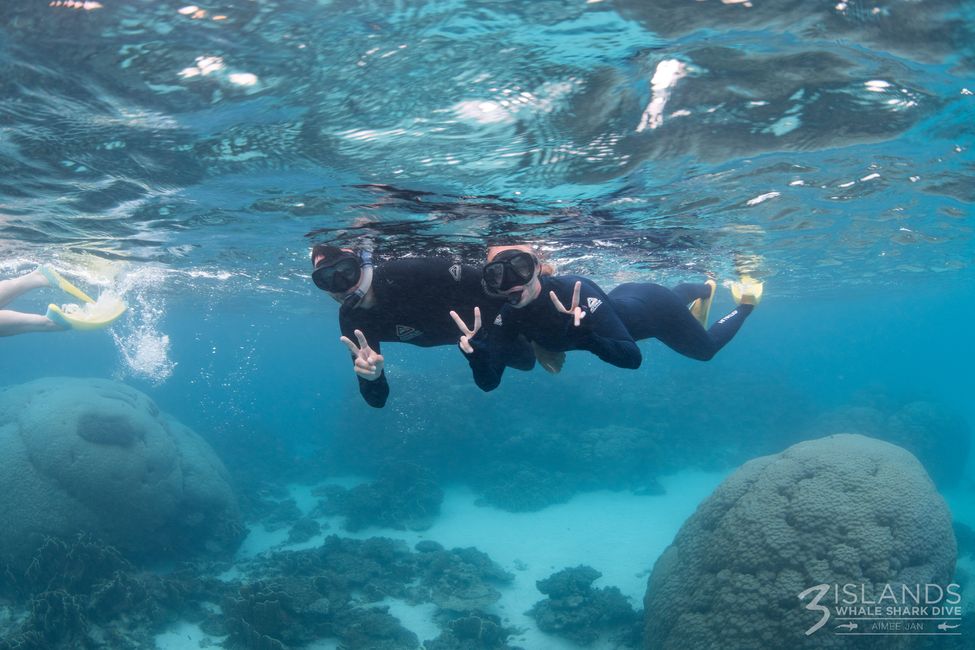
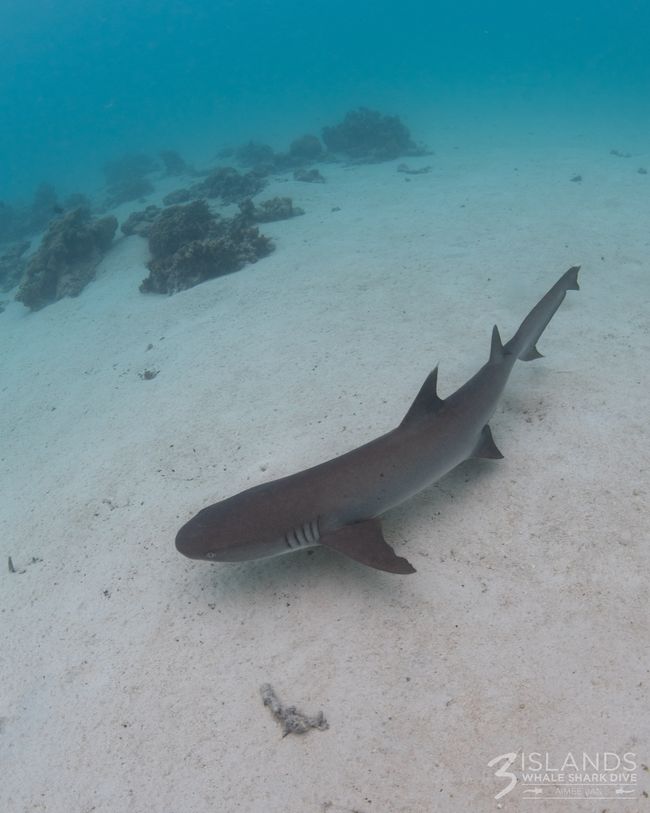

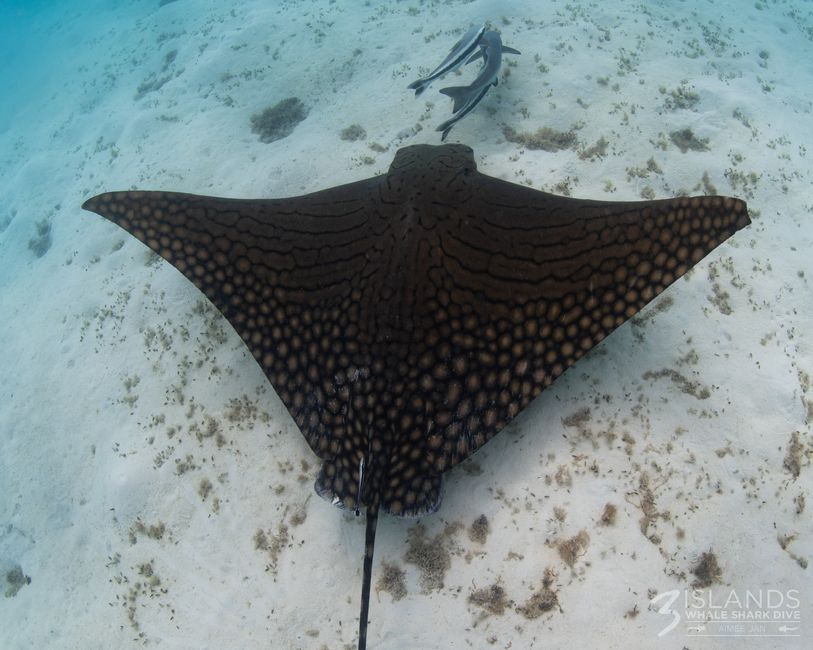
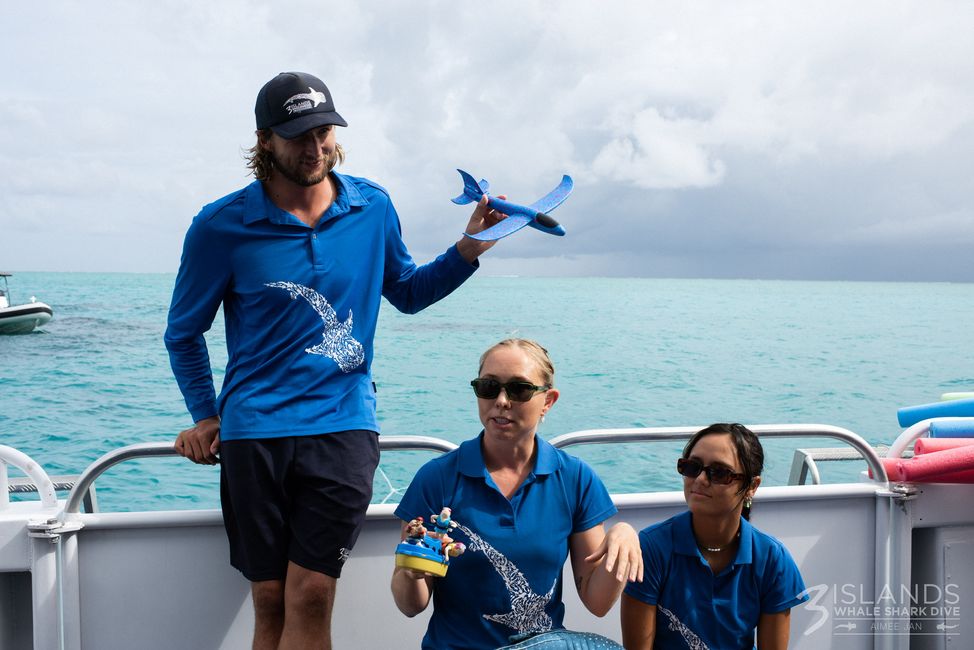
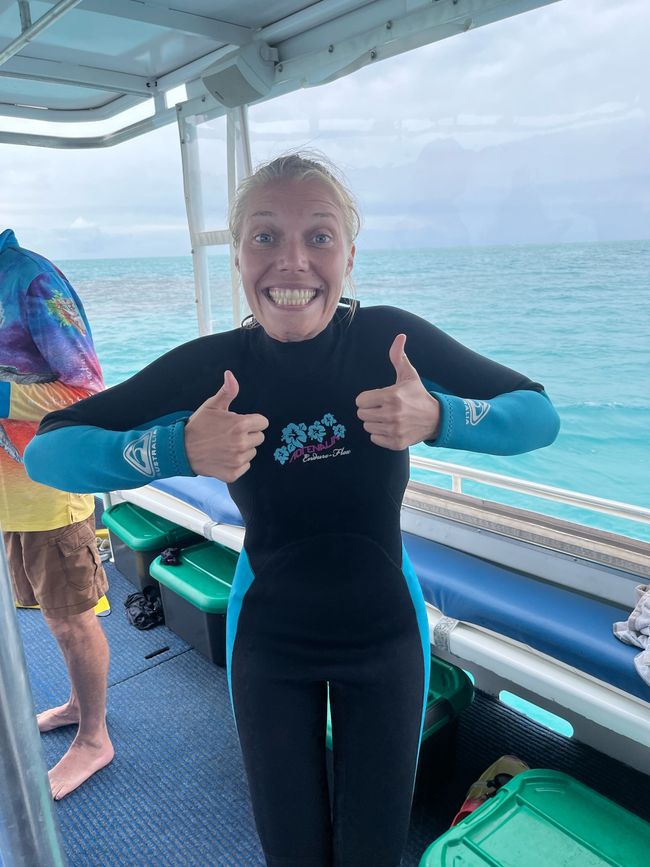
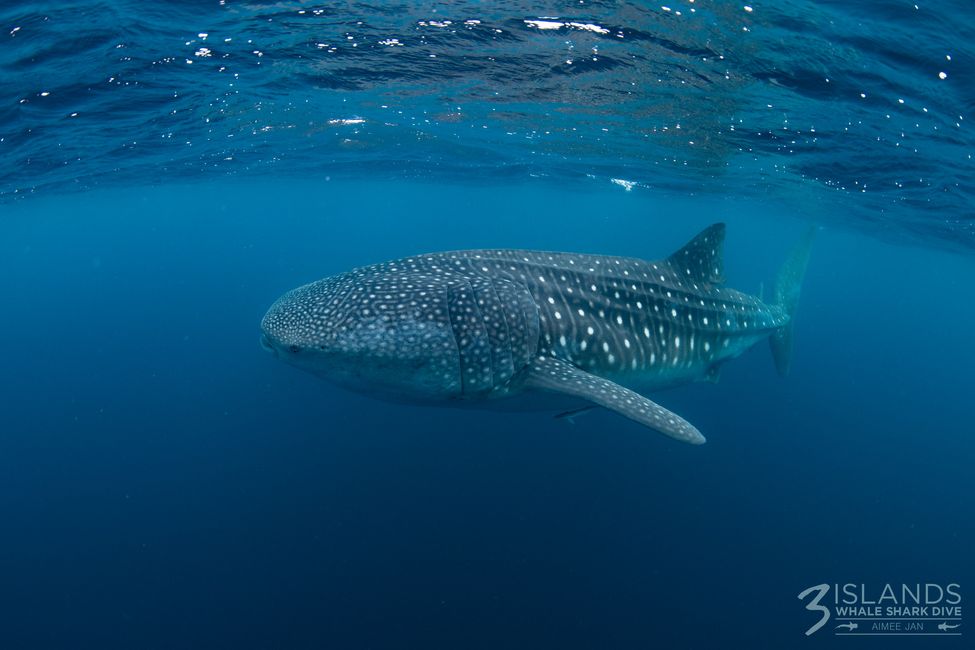
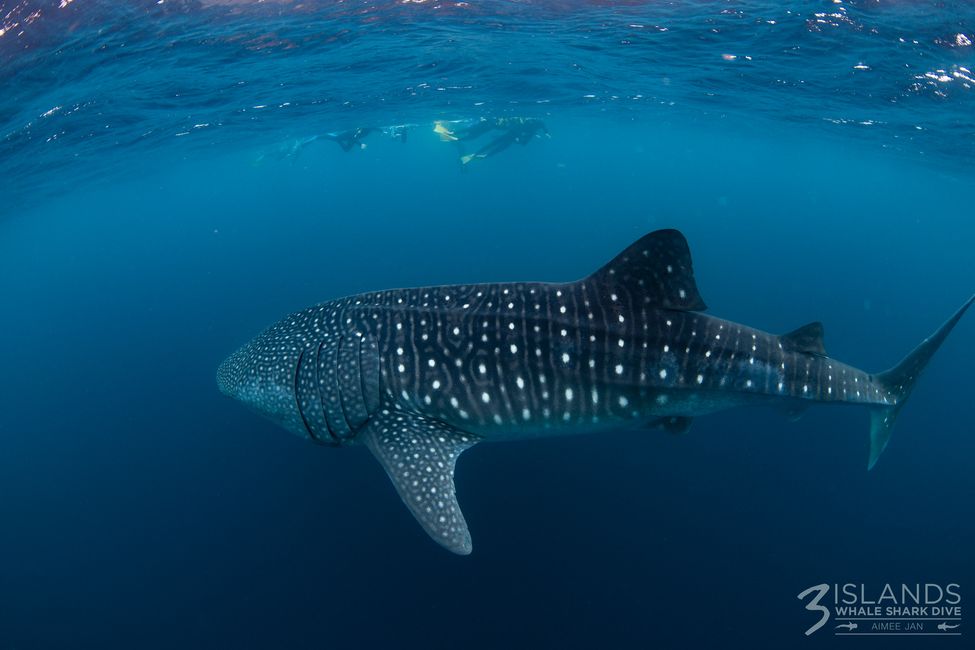
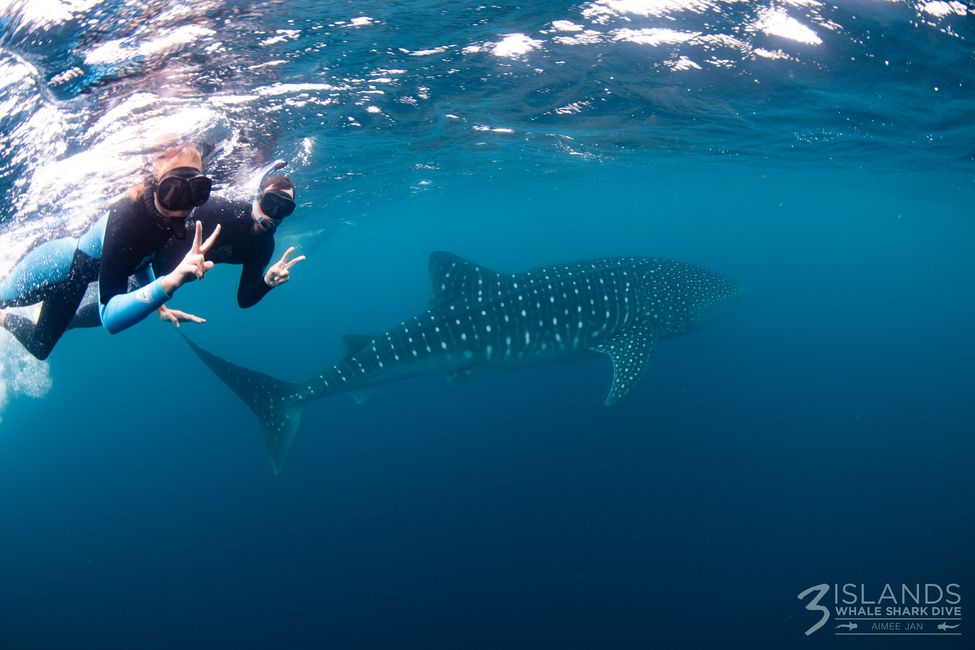
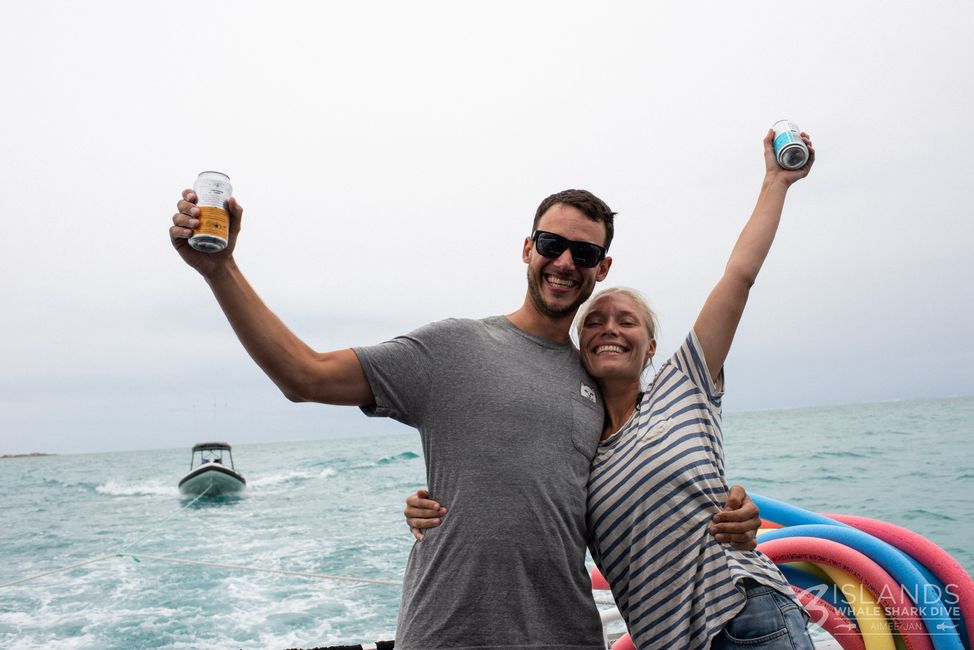
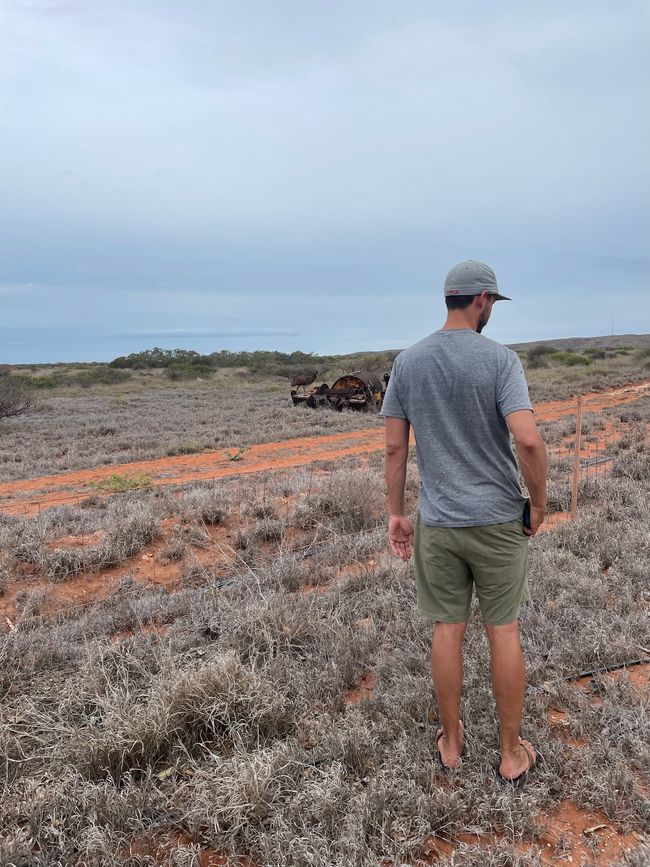
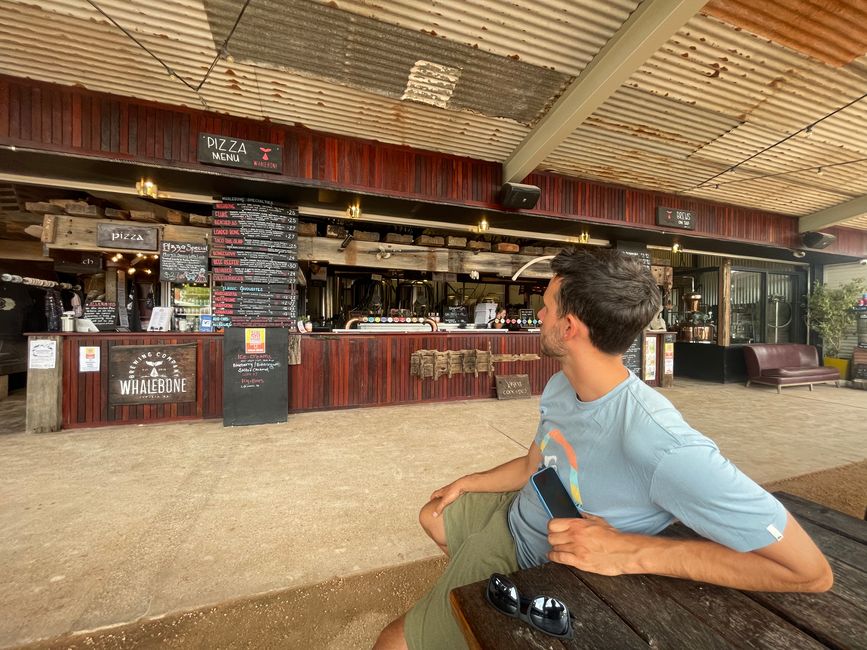
समाचारपत्रस्य सदस्यतां गृहाण
So now our road trip with the campervan started! We drove for about 7 hours through beautiful landscapes. The road led through the so-called 'bush', mostly with small dry shrubs, rarely with larger trees that stretched for kilometers to the horizon and were occasionally supplemented by huge termite mounds. The ground was often covered with the unique red soil. The road went straight ahead and most of the time we were the only road users except for a few goats and cows. Unfortunately, we didn't see any other animals around us, although there were often signs with 'warnings' about kangaroos and emus by the roadside. Occasionally, one of the long road trains passed us, which had up to three truck trailers in tow, causing our small camper to sway a bit. After collecting some firewood by the roadside, we arrived at our first campground. In Western Australia, there are several free places along the highway where you can stop for 24 hours and they provide trash cans, eco-toilets, and sometimes fire pits. We found a quiet spot with our own fire pit and settled in for the night. Our camper has a large sleeping area, storage space for our clothes underneath, and a small kitchenette in the back of the trunk. After a delicious dinner by the fire - we had gnocchi with lemon-garlic sauce and honeydew melon for dessert - we slept long and well. After breakfast, we continued a bit later than planned. The landscape remained just as beautiful as the day before, with endless expanses. We also drove through a small town and visited a humpback whale skeleton that was in the middle of a cactus garden. Since we would have been in dusk otherwise, we decided not to drive all the way to Exmouth and make another stopover. We were advised against driving at night because that's when many kangaroos (which we would have liked to see during the day) jump across the road and unfortunately are often hit. It was another small 24-hour overnight spot with a fire pit. Unfortunately, this time it was overcrowded with incredibly annoying flies, which Jana bravely faced to cook dinner. We barricaded ourselves in the van and thought we would never be able to get out. But miraculously, the plague disappeared with the onset of darkness and we were able to make our campfire and enjoy the beautiful starry sky. The sky looks bigger here, just like everything else.
The next day we finally drove to the small town of Exmouth. Our first stop was the tourist center, where we received all the information and booked the highlight of the next few days: a snorkeling trip with whale sharks! These are the largest fish in the world and can grow up to 18m long. They are particularly abundant here in the Ningaloo Reef between April and July because there is plenty of food for them, namely krill and plankton. We chose a nice campground near the national park, as unfortunately all the spots inside the park had been fully booked for months - it's whale shark season after all. Our direct neighbors were parrots and other birds that always ran around next to us, hoping to snatch a few crumbs from our food. The campground was not free this time, but it had super clean bathrooms, a cooking area, and even a pool. We actually didn't need the latter because we went snorkeling every day. The national park is also a water conservation area, so you can see many beautiful corals and a lot of fish here. On the first day, we went to two different beaches with a nice group from North Rhine-Westphalia whom we had met at the campground. One of them had emigrated to Australia and the others were visiting. At the first beach, we saw a reef shark for the first time, which scared us a bit but mainly fascinated us. Otherwise, there were a lot of fish, such as pufferfish, parrotfish, and our good friends, the triggerfish 😉 At the next beach, we swam with turtles twice, which is always soooo beautiful!
The next day, we started the day in the national park with a hike along Yardie Creek, which is a small canyon where mini kangaroos live - unfortunately, we still didn't see any, somehow we have bad luck there. But the view from above was also great without kangaroos! Equipped with our newest accessory, the fly net veil, we could enjoy everything even better 😜 Then we drove to a beautiful beach with white sand and crystal clear turquoise water and worked on our tan. After that, it was snorkeling time again, this time in a gentle current, so that we were automatically carried forward without swimming much - the way back was all the more strenuous. At first, we saw 'only' normal fish, but as we were about to leave the water, a relatively large reef shark suddenly swam past us. As soon as it noticed us, it fled - and so did we 😄 During the second snorkeling session, we saw a huge stingray, which, unlike the reef sharks, can actually be somewhat dangerous if you get too close to its sting. We swam at a respectful distance and marveled at its super long tail with the thick sting at the end. On the way back, we encountered a wild dog, called a dingo here, which fortunately we only saw from the car. We ended the evening with a beer in the dunes, overlooking another beautiful sunset.
On Sunday, the day had finally come, we were picked up for the whale shark tour. A small dinghy, its name was Neville, and it served as a security guard next to the main boat for the whole tour, took us to the 'Seafari', the actual boat. In addition to Neville and his captain Jerry, the crew consisted of guides Molly and Hanna, photographer and lead swimmer Amy, and captain Max, all of whom were incredibly nice and fun. We were provided with top-notch equipment and learned about the whale sharks. First, we went to a snorkeling spot where we were supposed to test the equipment and at the same time admire a variety of beautiful fish and corals. Strengthened with tea and cake, we then went further out to sea. The captain Max communicated the whole time with a so-called 'spotter' plane, which located the whale sharks. Our journey was only briefly interrupted when a super rare ray was sighted. Amy jumped into the water and photographed this rare animal for research purposes. It's actually called the unicorn of the Ningaloo Reef because it's rarely seen here. And then we were guided to the first whale shark. Since we were in the first group, we were told to put on our masks and fins and be ready. As soon as the boat was close enough, Amy swam ahead and photographed the whale shark, which all have an individual pattern of spots on their back that distinguishes them from each other. Afterwards, she indicated which direction the animal was swimming and whether it was diving or not. Then came our signal and all of us, together with our group leader Hanna, glided into the 50m deep ocean. We were so excited! But our group also included two young children, 7 and 8 years old, who jumped into the water without hesitation to snorkel with these gigantic fish. If you grow up in Australia, you are probably just a bit braver than us German potatoes 😄 Hanna guided us in a row so that the whale shark swam right in front of our eyes. We were quite impressed! The animal really looks like a mix of whale and shark, it's huge, swims almost silently, glides smoothly through the water, and looks beautiful with its spotted pattern. As soon as the front fin passed us, we were given the command to swim alongside the shark at a sufficient distance. We paddled like crazy with our fins because whale sharks are quite fast until the animal decided to dive and slowly disappeared from our field of view. The whale sharks in Ningaloo are mostly juveniles and are 'only' between 3-10 meters long. We went into the water a total of 4 times with different whale sharks, the largest one was about 8m and right in front of our noses. It was truly a unique experience! After a delicious lunch, we went snorkeling again in shallow waters. This time, we even saw 2 reef sharks and, as the grand finale, an octopus! Feeling overwhelmed, we were brought back to the campground and as if that wasn't enough, an emu walked directly along the fence next to the site. Philip was in seventh heaven and after a short trip to the nearby lighthouse, we fell happily and tired into our little bed.
The next day, we packed up our camper, restocked the fridge, and had lunch at a cool restaurant. Marty, Kathy, and Jojo had recommended the 'Whalebone', which is actually a brewery but also serves super good pizza. We tried the delicious ginger beer and bought a few cans to take with us. Now we're heading inland to Karijini National Park!
समाचारपत्रस्य सदस्यतां गृहाण
उत्तरम्
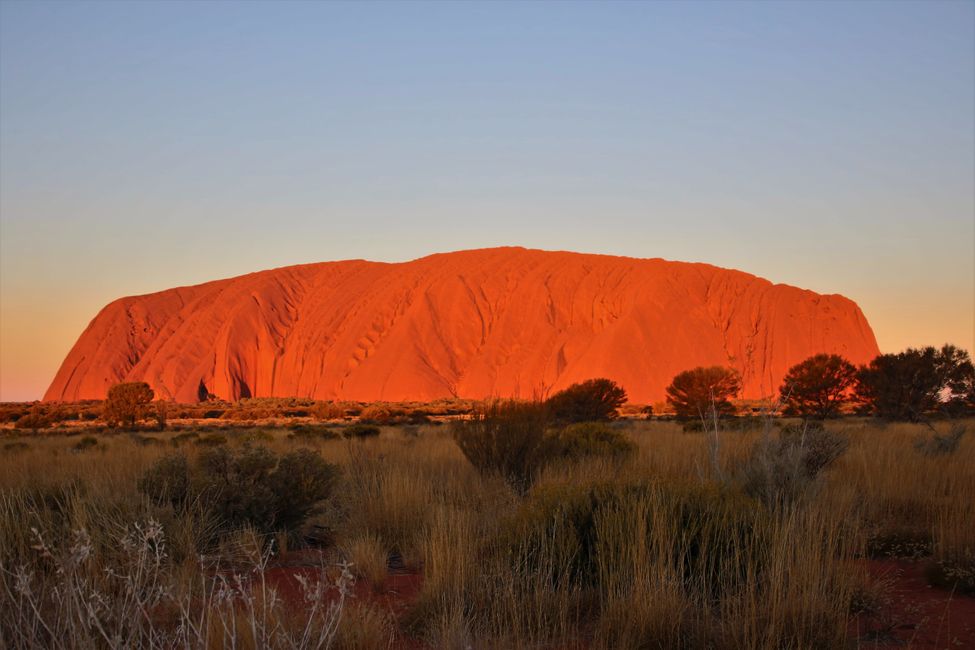
यात्राप्रतिवेदनानि ऑस्ट्रेलिया
